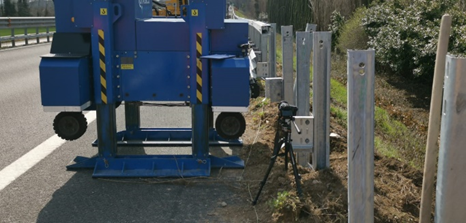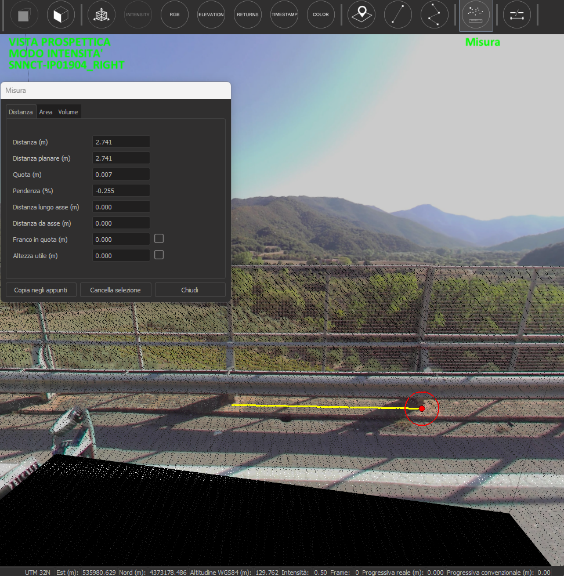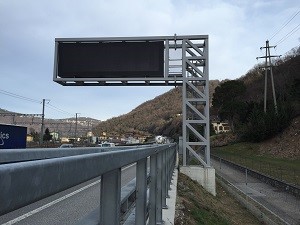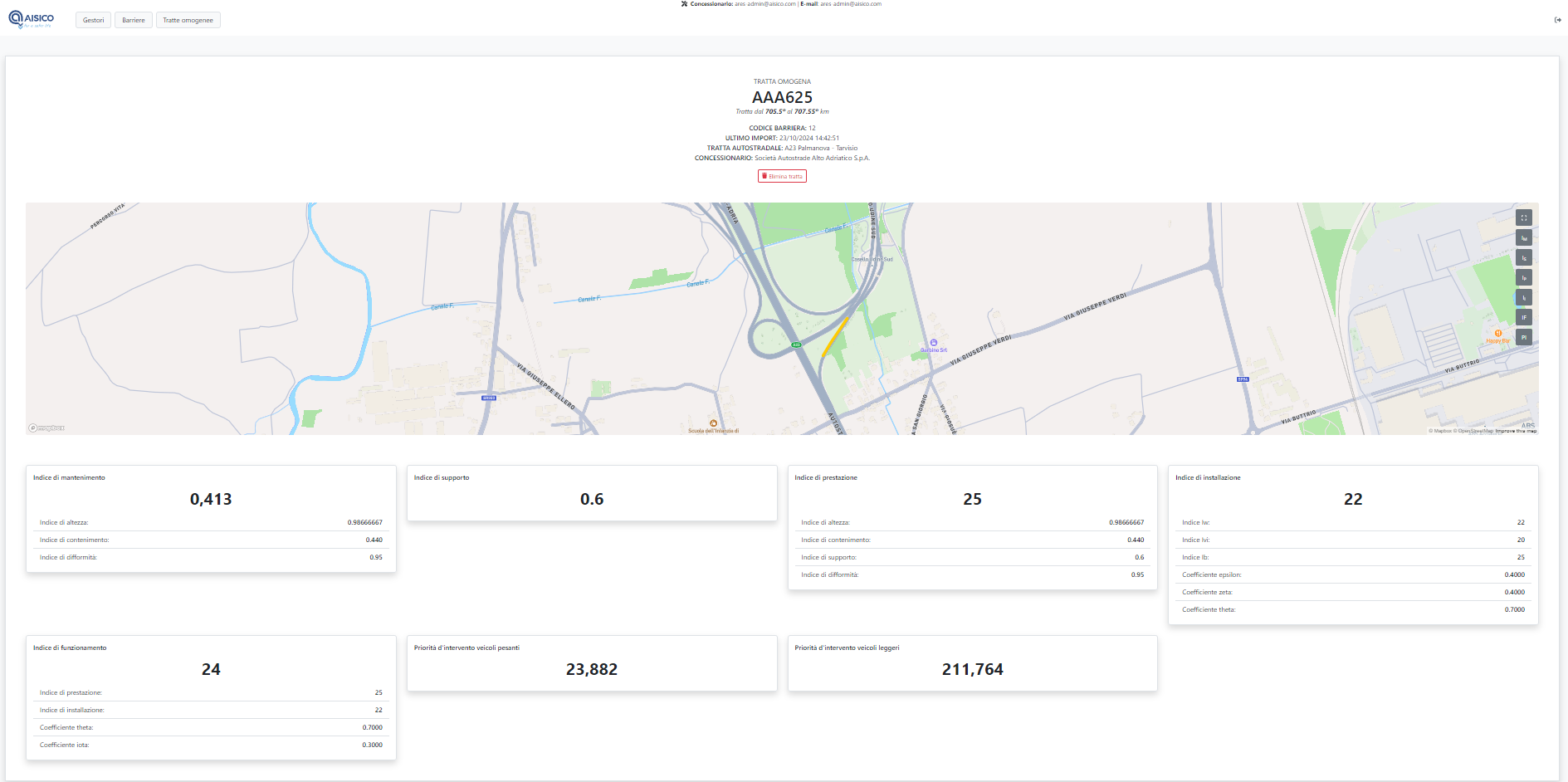Services / Infrastructure
Restraint devices
An objective correlation between the actual dangerousness of the road and the actual functionality of the safety barriers for the drafting of the upgrading plan with priorities for action

ARES – Assessment Road Equipment Safety, is an innovative system developed by Aisico that makes it possible to determine the actual performance of restraint devices present along the network, objectively, through specialized technical analysis, expeditious surveys with special vehicles and Machine Learning algorithms.
Through ARES, it is possible to assess the priorities of interventions and, based on this, to determine the adaptation interventions, ensuring proper scheduling of maintenance or adaptation of existing safety devices, optimizing resources and intervening only where actually necessary, thus increasing the overall safety of the infrastructure.
A specific Web platform makes it possible to calculate the Priorities of Intervention, store and visualize all the information acquired and manage the results of the different elaborations. The system is divided into several distinct and successive, interrelated phases:
PHASE 1 – survey of consistencies
- Division of the network into homogeneous sections, each characterized by the same type of barrier, support and boundary conditions. All data are acquired by a specific High Performance Vehicle (MO.MA.S) instrumented in such a way as to detect the devices present, the state of preservation, and the geometric characteristics of both the device and the support.
- Attribution to each device of the essential characteristics required by EN1317 (containment level, operating width, dynamic deflection and vehicle intrusion) detected by the supporting documentation or through the use of Artificial Intelligence.
- Determination of the mechanical characteristics of the supports by performing dynamic tests with the THOR impactor, according to the provisions of the technical document UNI/TR 11785, or pull-out tests for curbs.




STEP 2 – Assessment of intrinsic device capabilities.
A proprietary algorithm assigns indices to each device that characterize its actual containment capacity
Retention Index, which takes into account the adequacy of the containment class, geometric characteristics and state of preservation of the device;
Support Index, which takes into account the mechanical characteristics of the support;
Performance Index, given by the weighted combination of the above two indices, which represents the actual value of the device’s containment capacity.


Devices in need of retrofitting will be those that show a Performance Index below a defined threshold value.
STEP 3 – Assessment of installation conditions.
Installation conditions, which can affect the behavior of the devices, regardless of their inherent capabilities, are, for example, the presence to the rear of obstacles that interfere with the operating width or vehicle intrusion, or the geometric characteristics of the supports.

The installation conditions generate additional indices that, appropriately weighted with the indices above, define the homogeneous sections in need of retrofitting.
From the findings of the indicators taken into consideration, it will be possible to determine which adaptation interventions to implement (on the devices, supports or adjacent equipment).

STEP 4 – Priorities for intervention.
Priorities for intervention are also conditioned by other factors that, while not affecting the functionality of the device, do affect road safety, such as, for example, the type of destination of the device, traffic volumes, authorization status, and the cost of retrofitting.


The ARES system therefore makes it possible to obtain a detailed picture of the conditions of installation of road restraint devices, identify the sections that need upgrading and prioritize interventions, in order to optimize the available resources by prioritizing interventions on the sections that objectively show the most critical issues towards road safety.
For more details read the article in Roads & Highways. (IT version)


